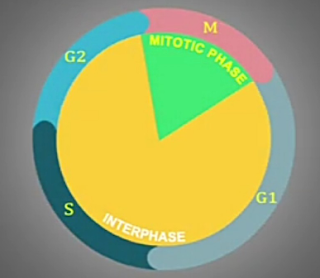GOLGI BODY
Golgi body or Golgi apparatus is an organelle in eukaryotic organisms that move molecule from endopasamic reticulum to their destinations. It was founded by or discovered by Camillo Golgi.
The component of golgi body are:
1. Cisternae
2. Tubule
3. Vesicles
4. Golgi vacuole (lysosomes)
The image below shows the structure of Golgi apparatus. The cis face of the organelle is closest to the endoplasmic reticulum (ER). The trans face is the side farthest to the nucleus, which secrets vesicles to various parts of the cell.
There are a number of lumens and cisternae through which the products flow. These appear as a series of flattened sacs stack on each other, much like the endoplasmic reticulum.
LOCATION:
The Golgi apparatus is situated in between the endoplasmic reticulum (ER) and cell membrane.
Most often the Golgi appears to be an extension of endoplasmic reticulum which is slightly smaller and smoother in appearance.
FUNCTION:
1. Packages products into vesicles for transport.
2. Makes and secrets mucus.
3. Helps in acrosome formation (sperm head)
4. Modifies proteins and lipids:
a) lipid + carbohydrate -> glycolipids
b) protein + carbohydrate -> glycosylation
+
Glycoprotein




It gave a complete understanding of Golgi body..Best blog to learn Golgi body which is an organelle.. Guys u have to check this out.
ReplyDeleteInformative
ReplyDelete